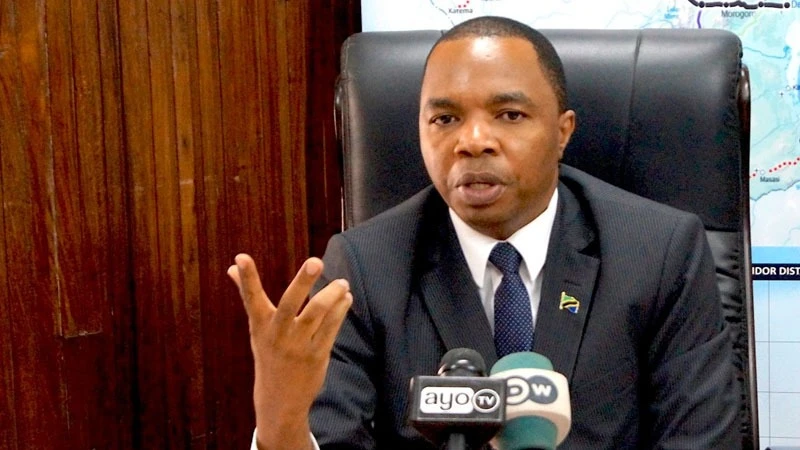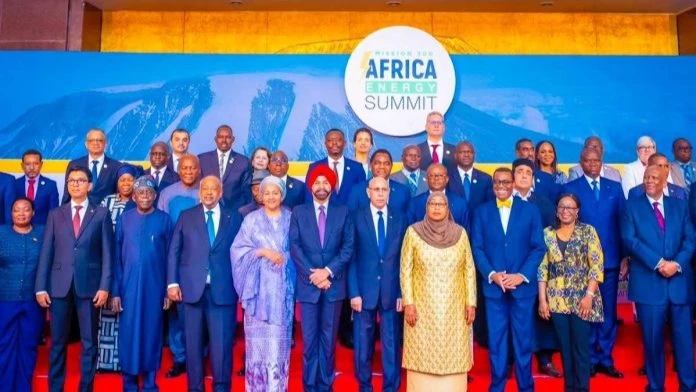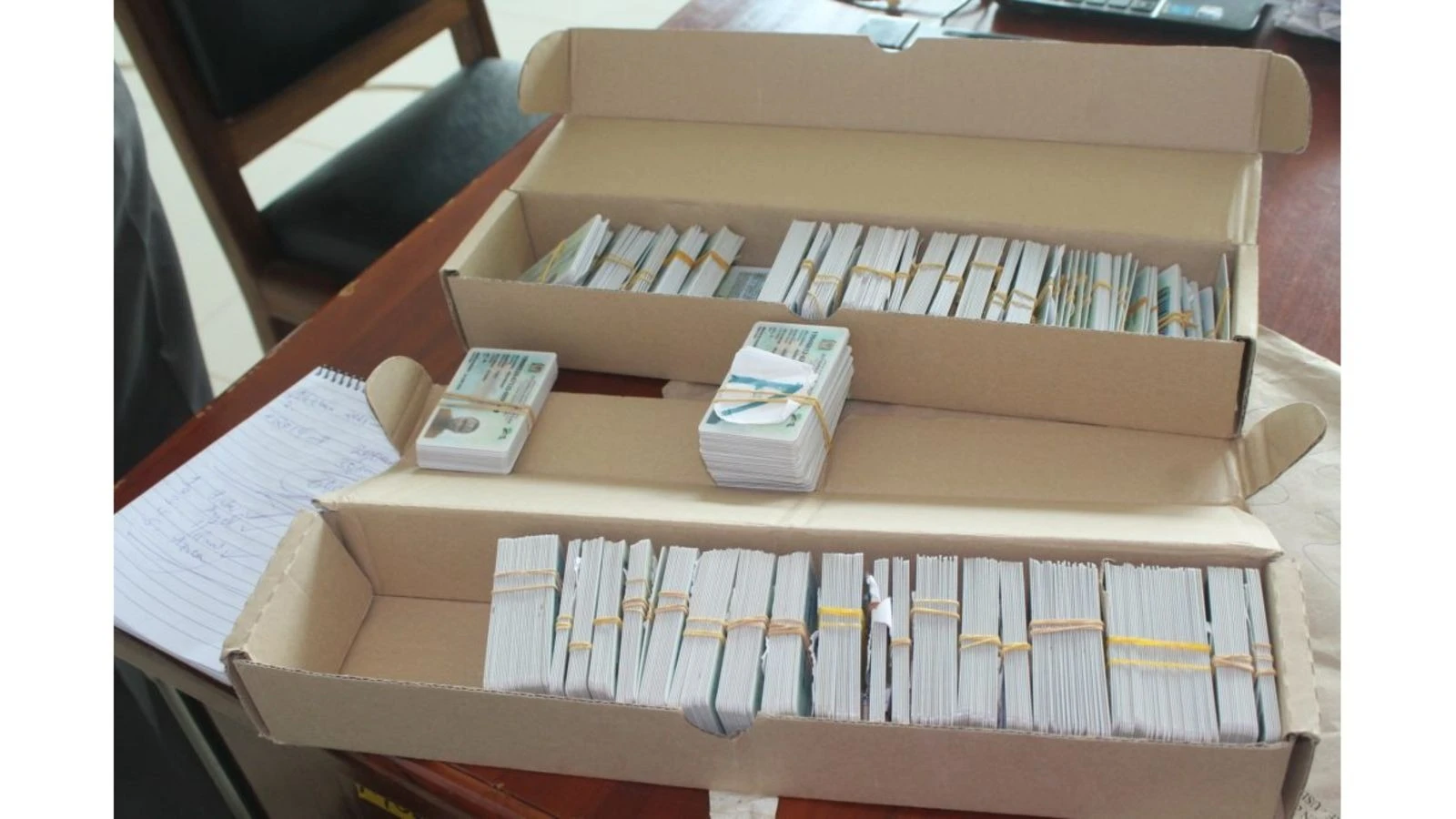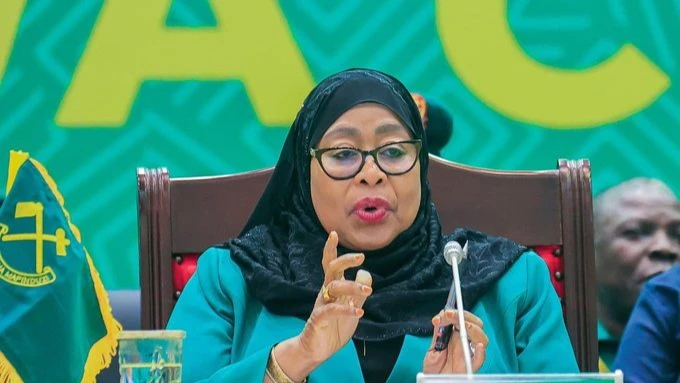Railways revamping offers unique opportunities, if PPP is intensified

WITH completion and start of operations of the standard gauge railway becoming a reality, SGR is seen as a unique rail because it connects the country with road, lake and rail transport modes in the eastern Africa region as a whole.
Top officials of the Tanzania Railways Corporation (TRC) have confirmed that presidential assent has been obtained for the amended Railways Act – to facilitate open access arrangements on SGR with private providers of freight services.
That is already being done on the Tanzania-Zambia Railway Authority (Tazara) network with an accord being reached with a major logistics firm based in Dar es Salaam, ready to flood the rail with cargo freight.
The Tazara management’s focus is on the length it will take to recoup the construction costs, the plan being that it will take up to 15 years from the time operations start.
At the same time, the SGR construction has been moving concurrently with the renovation of the meter gauge railway, including extensive facelift of cargo wagons and passenger coaches.
All this looks good enough, even a new day in railway operations in the offing, but worries remain.
There Tanzania Intermodal and Rail Development Project (TIRP) is meanwhile projected to cost US$300 million and is already approved by the World Bank as an effort to create reliable open access railway infrastructure from Dar es Salaam and centred on Isaka terminal.
Well managed, it stands to become a hub for interconnection with regional railways and other transport modes. But there are lingering worries as to all this being sustainable.
The point is that if we had the right ideas and approach to what is now being billed as the regional central transport corridor.
But if anyone recalls the sort of accidents that often occur in the railway system, and the same system takes far more trains, it is more than a little worrying.
Accidents aren’t a matter of technical ignorance but relate to monitoring and reporting systems, demanding PPP in operational controls.
As the TIRP project is multinational in character, it provides an opportunity to make a change in railways operations in like manner as at least for port operations.
While in the latter case the problem was congestion, the threat to railway transport credibility could be tremendous because TRC’s management of rail and motorised boats transportation has been hair-raising in terms of the worries it has raised from time to time.
Were any of similar challenges to come up especially on SGR, it would ruin all strategic ambitions and reduce the infrastructure into a sort of white elephant.
It is a matter of taking precautions and not laying all the railway modernisation eggs in one – TRC – basket in its operational mode.
Top Headlines
© 2025 IPPMEDIA.COM. ALL RIGHTS RESERVED

















